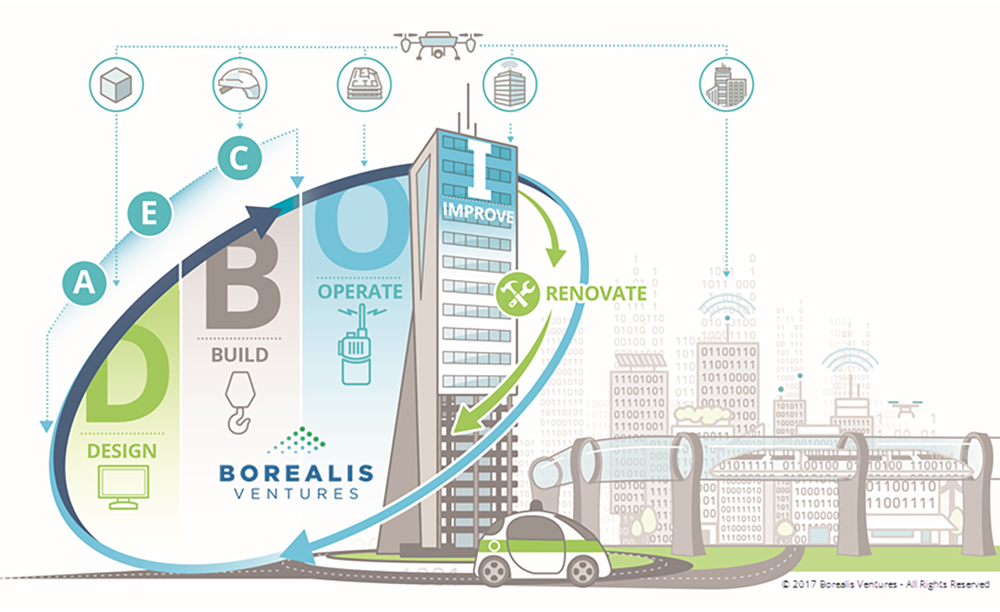In Constructuring: An Unstoppable Trend, a white paper by Borealis Ventures’ Ian Howell, speculates as to which practices holdback the construction industry’s ability to build housing on-time and within budget. Citing a McKinsey & Company study which found that “large projects across asset classes typically take 20 percent longer to finish than scheduled and are up to 80 percent over budget,” Howell asserts that the primary cause of sluggish project timelines is the misplaced use of one-off designs rather than prefabricated components.
The dual phenomenon of meteoric population growth and rapid urbanization present a number of challenges and opportunities for the construction industry. Namely, how can a society physically and logistically support a massive growth in housing to support growing urban centers? Quoting Autodesk’s CEO Andrew Anagnost, the construction industry has to “build 1,000 buildings a day for the next 33 years, so that by 2050 we can accomodate the world’s population of 10 billion people.” In total, McKinsey estimates that over $57 trillion will need to be spent by 2030 to finance this construction boom.
Through shifting the bulk of fabrication to manufacturing facilities, Howell asserts that the construction industry can lessen the level of urban disruption caused by developments while simultaneously reducing particulate emissions associated with new build.
In support of the speculated inevitability of prefabrication, Howell also turns towards shifting generational outlooks regarding craft skills. According to the author, “Millennials do not want to be master builders but masters of technology and innovation.” As a result, Howell sees the industry as ripe for sweeping disruption.



